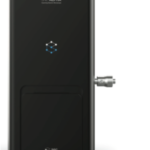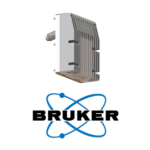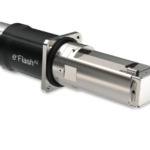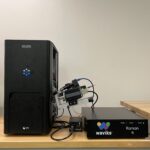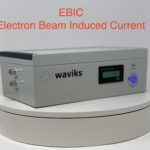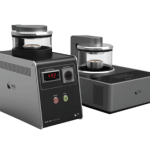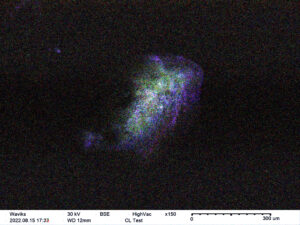Tabletop SEM Technology Redefined
A Fresh Perspective in Microscopy
Elevate your research with innovation designed by microscopists for researchers. Since 2016, NanoImages has been transforming the tabletop SEM landscape by delivering advanced analytical solutions that traditional brands simply could not offer.
Our Revolution
Breaking Through Industry Constraints While giants like Hitachi, Jeol, and Phenom dominated the field, we recognized that modern research demands more—greater precision, expanded capabilities, and affordable access. NanoImages redefines what’s possible by filling these critical gaps and delivering breakthrough technology for your lab.
Our Journey
From a Pivotal Encounter to a Technological Breakthrough At a transformative trade show, a fortuitous meeting with SEC Co. Ltd.—South Korea’s pioneer in e-beam technology—sparked a revolution. This partnership enabled us to exclusively offer SEC’s innovative tabletop SEMs, setting a new standard in analytical instrumentation and emerging as the go-to alternative for researchers everywhere.
The NanoImages Advantage
Expertise-Driven Solutions
Microscopists at the Helm: Our team isn’t made up of mere salespeople. We’re seasoned microscopists who deeply understand your analytical challenges.
Hands-On Insight: We have real-world experience with a diverse range of applications, ensuring each solution is tailored to your research needs.
Commitment to Transparency
Honest Comparisons: We provide clear, straightforward system comparisons so you know exactly what you’re getting.
Clear, Open Communication: Our no-pressure consultation process guarantees that you receive the information you need without the sales pitch.
Customer-Focused Innovation
Personalized Demonstrations: We invite you to experience our technology firsthand with free demonstrations on your own samples.
Customized Solutions: Every analysis system evaluation is comprehensive and tailored—ensuring our solution is the perfect fit for your research challenges.
Advanced Capabilities at Competitive Prices
Experience the SEC Line of Tabletop SEMs
Revolutionary Features: Access capabilities unavailable anywhere else.
Superior Performance: Push the boundaries of research with unmatched performance specifications.
Cost-Effective Innovation: Enjoy state-of-the-art analytical solutions without compromising your budget.
Expanded Research Opportunities: Unlock new dimensions in your research with technology built to exceed expectations.
Experience the Future of Microscopy
NanoImages isn’t just about advanced equipment—it’s about empowering your research with technology and expertise that drive innovation. Ready to transform your lab’s capabilities? Discover how our unique approach can redefine your microscopy experience.
Our
Products
The SNE-Alpha, the most advanced tabletop SEM on the market. With a motorized 5-axis stage, optical navigational camera, 1-30kV accelerating voltages, SE/BSE, and high/low vacuum standard. The SNE-Alpha now comes with a new and improved GUI, and advanced software capabilities (3D rendering, image stitching, Random Sampling, Dynamic Tilt. ) allow for a complete inspection and analysis of your samples. With a smaller footprint than the previous model and shortened pump down times, less lab space is needed and less time for sample turnaround. The SNE-Alpha can add EDS, Raman, CL, EBSD, and EBIC. With more options available soon, the SNE-Alpha can meet your SEM needs.
Simple Lease
Financing for Tabletop SEM
Leases can be custom tailored to suit just about any need you might have including Down Payments to lower monthly lease, Quarterly Payments, No Payments for 90-120 days, Purchase Upon Termination (PUT lease) and more. AmeriTech Leasing makes it easy to acquire the system you need today rather waiting for capital approvals.
Our Mission
At NanoImages, we're dedicated to revolutionizing the world of electron microscopy by bridging the gap between traditional full-size SEMs and tabletop solutions. Through strategic partnerships with leading technology providers, we've transformed the SNE-Alpha line into a uniquely capable platform offering exclusive capabilities previously only available in full-size systems.
Our commitment goes beyond just providing instruments – we create complete analytical solutions. By fostering collaborative relationships with innovative third-party companies, we've developed an ecosystem of advanced capabilities that sets the SNE-Alpha apart in the tabletop SEM market. From integrated Raman spectroscopy to advanced EBSD and EDS analysis, our exclusive features deliver professional research grade capabilities in an accessible format.
Contact us to experience the NanoImages difference. Let us show you how our dedication to innovation and customer success can transform your analytical capabilities and advance your research goals.
Our Blog
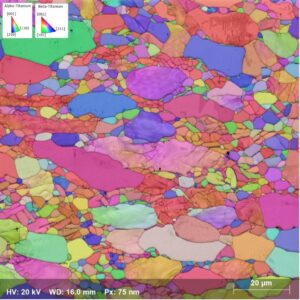
EBSD and EDS for Tabletop SEM
Understanding the Bruker QUANTAX ED-XS EBSD and EDS detector and SNE-Alpha Tabletop SEM: A Simple Guide
What Makes This SEM Special?
A New Way to Look at Materials
In today's world of science, researchers need tools that are both powerful and easy to use. Moreover, the combination of Bruker's QUANTAX ED-XS with the SNE-Alpha Tabletop SEM is changing how we study materials.
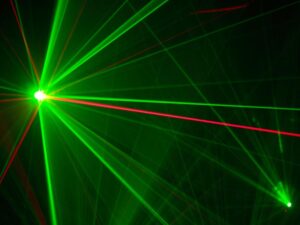
In-Situ Raman Spectroscopy on a Tabletop SEM advances Graphene Research.
SNE-Alpha Tabletop SEM with EDS and Raman Spectroscopy: Revolutionary Graphene Analysis
A Breakthrough in Materials Science
The characterization of graphene and its derivatives has always been a critical challenge in materials science. Now, enter the SNE-Alpha Tabletop Scanning Electron Microscope (SEM), integrated with Raman spectroscopy and Energy Dispersive X-ray Spectroscopy (EDS) capabilities. Consequently, this innovative system is revolutionizing how researchers analyze graphene materials, offering unprecedented insights into their structure and composition.

